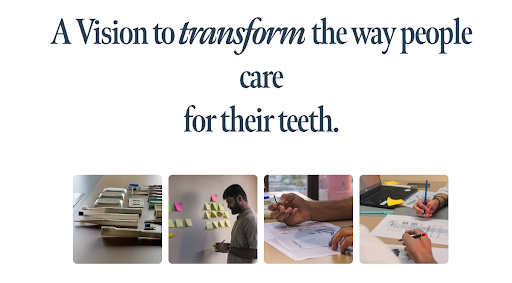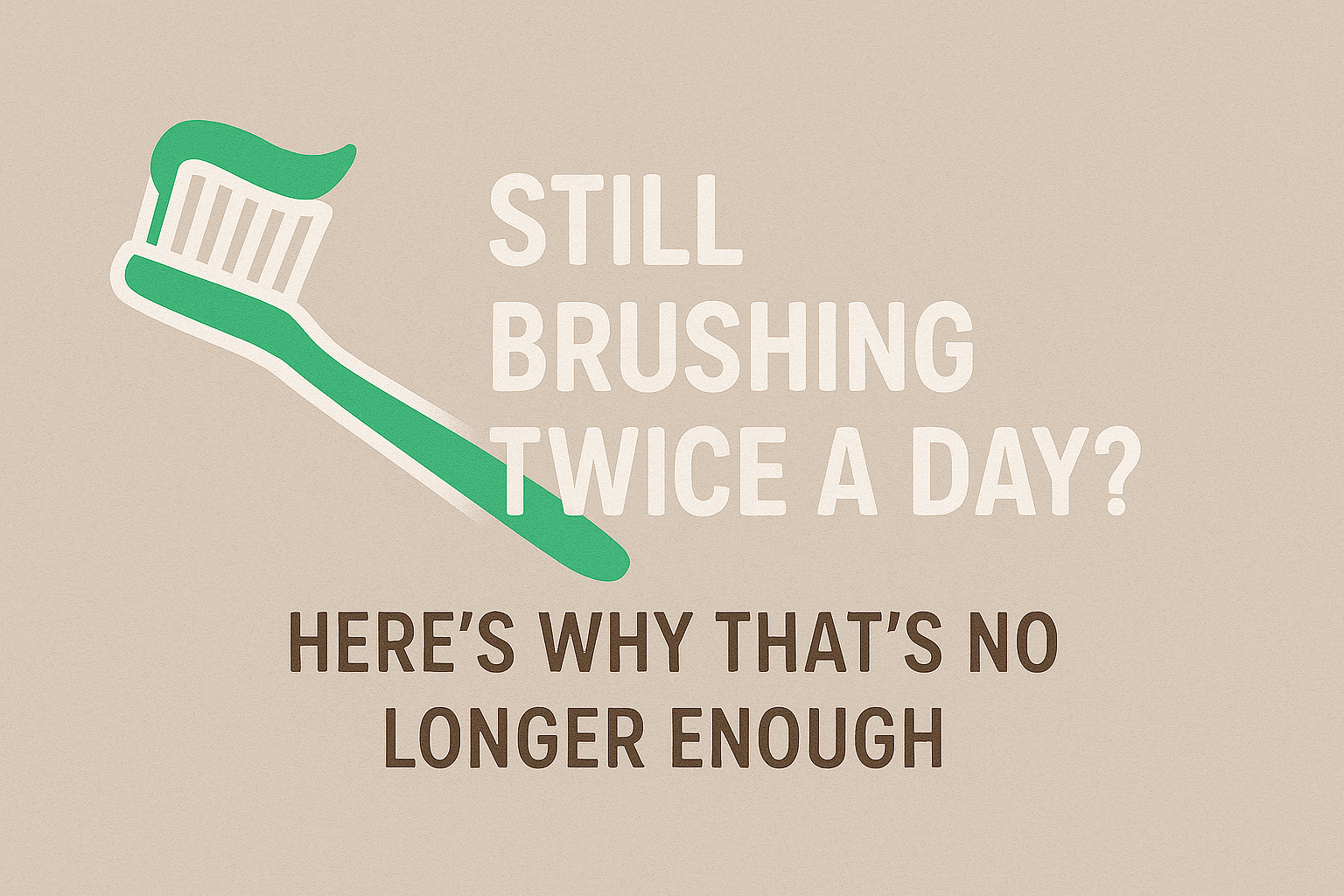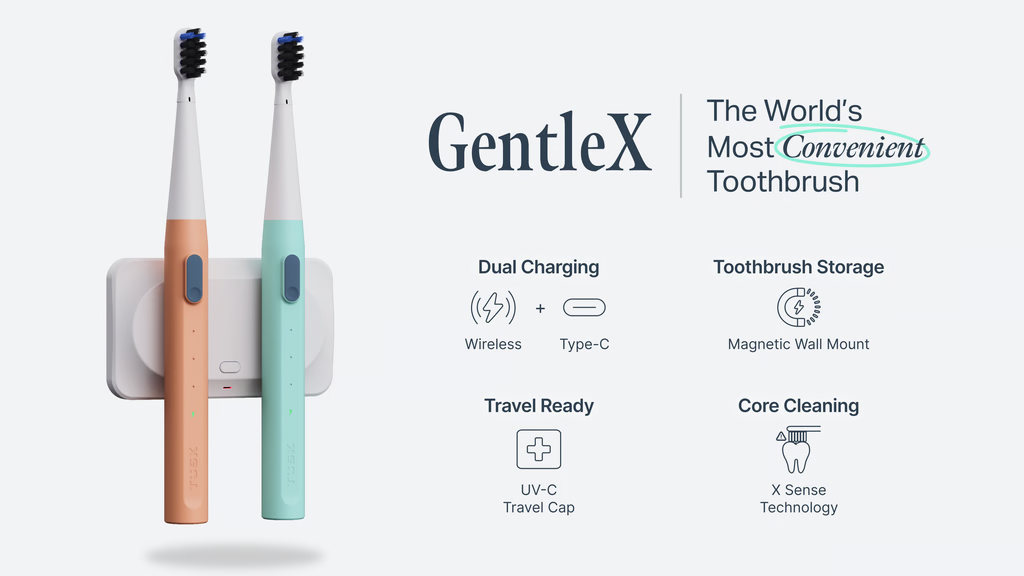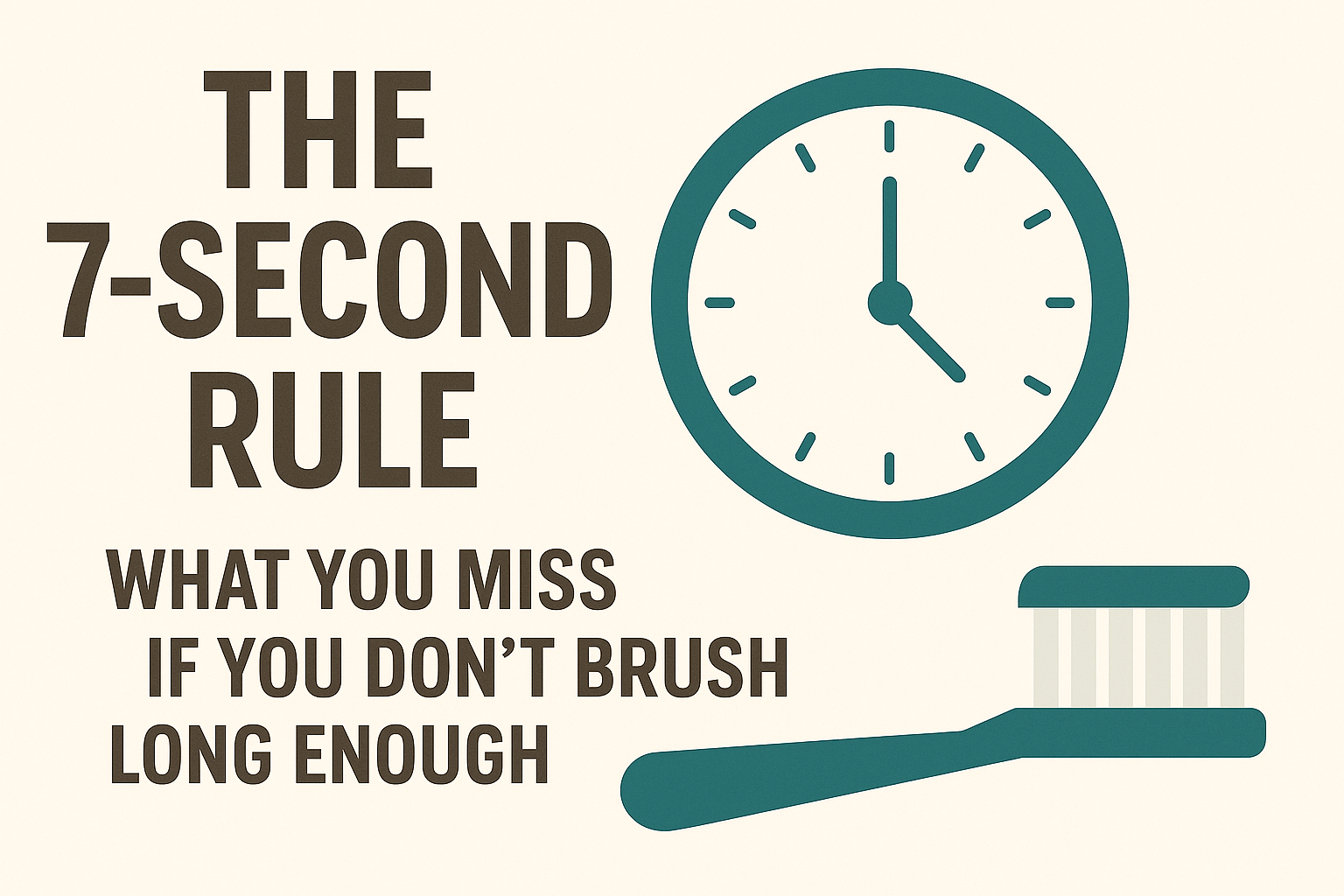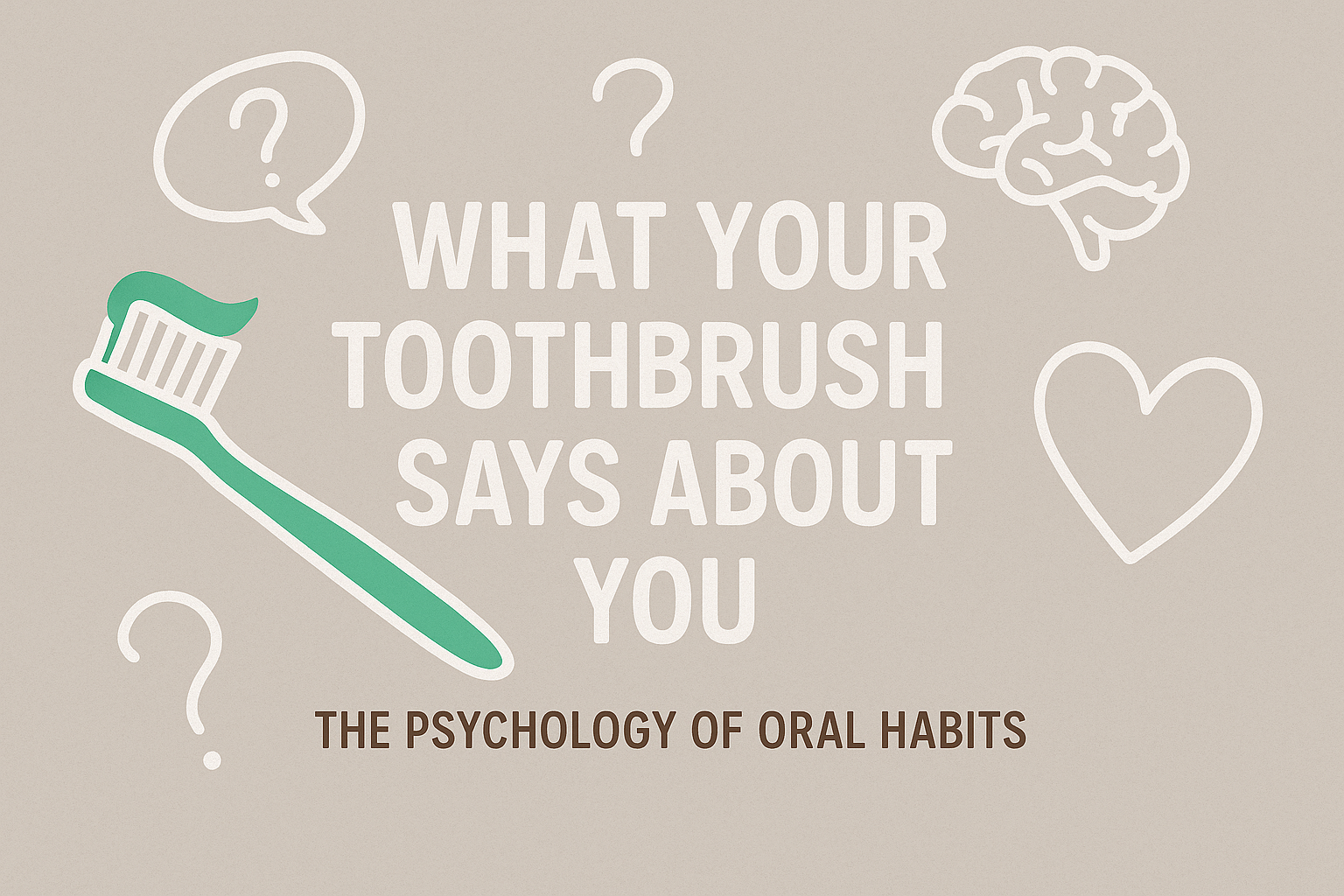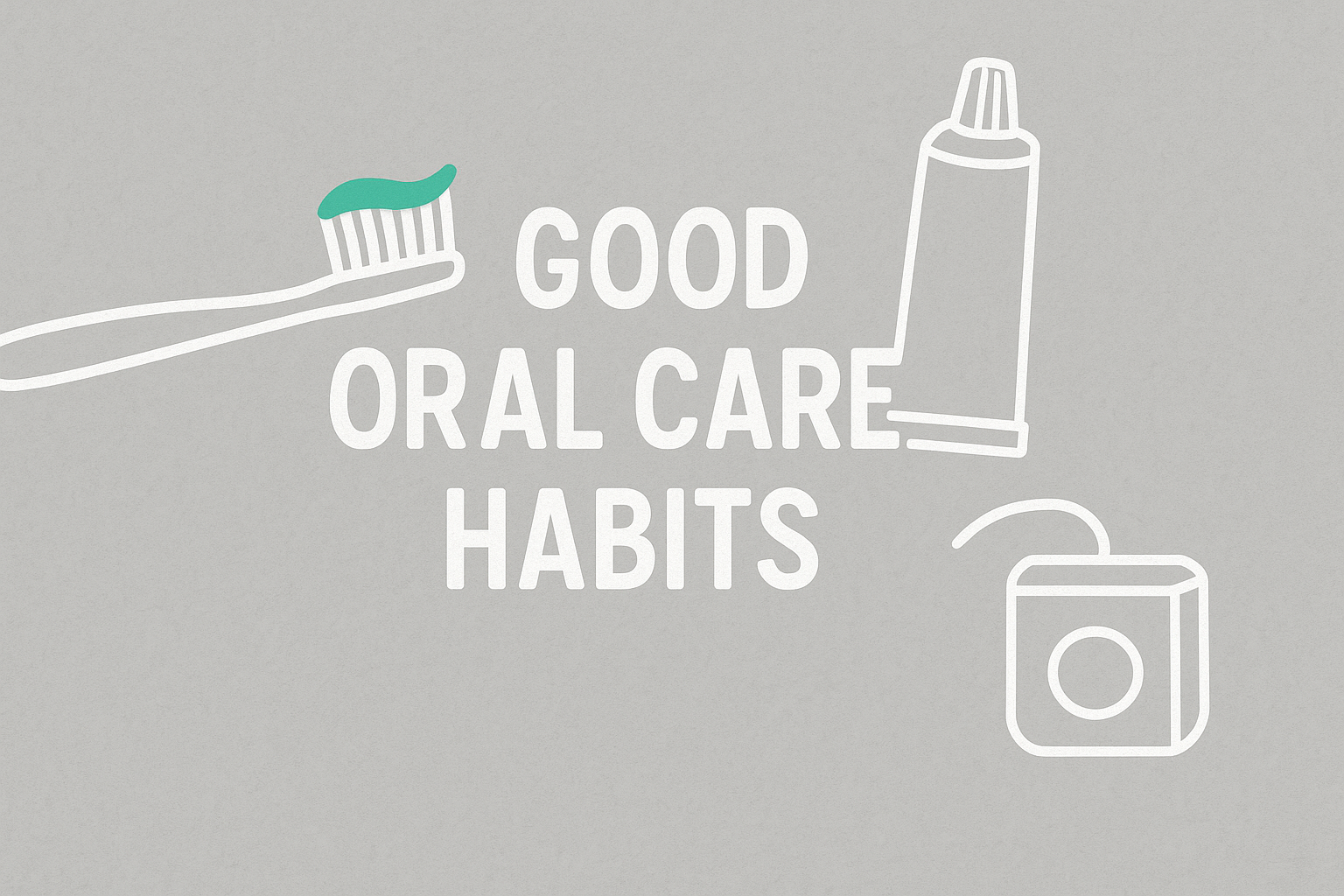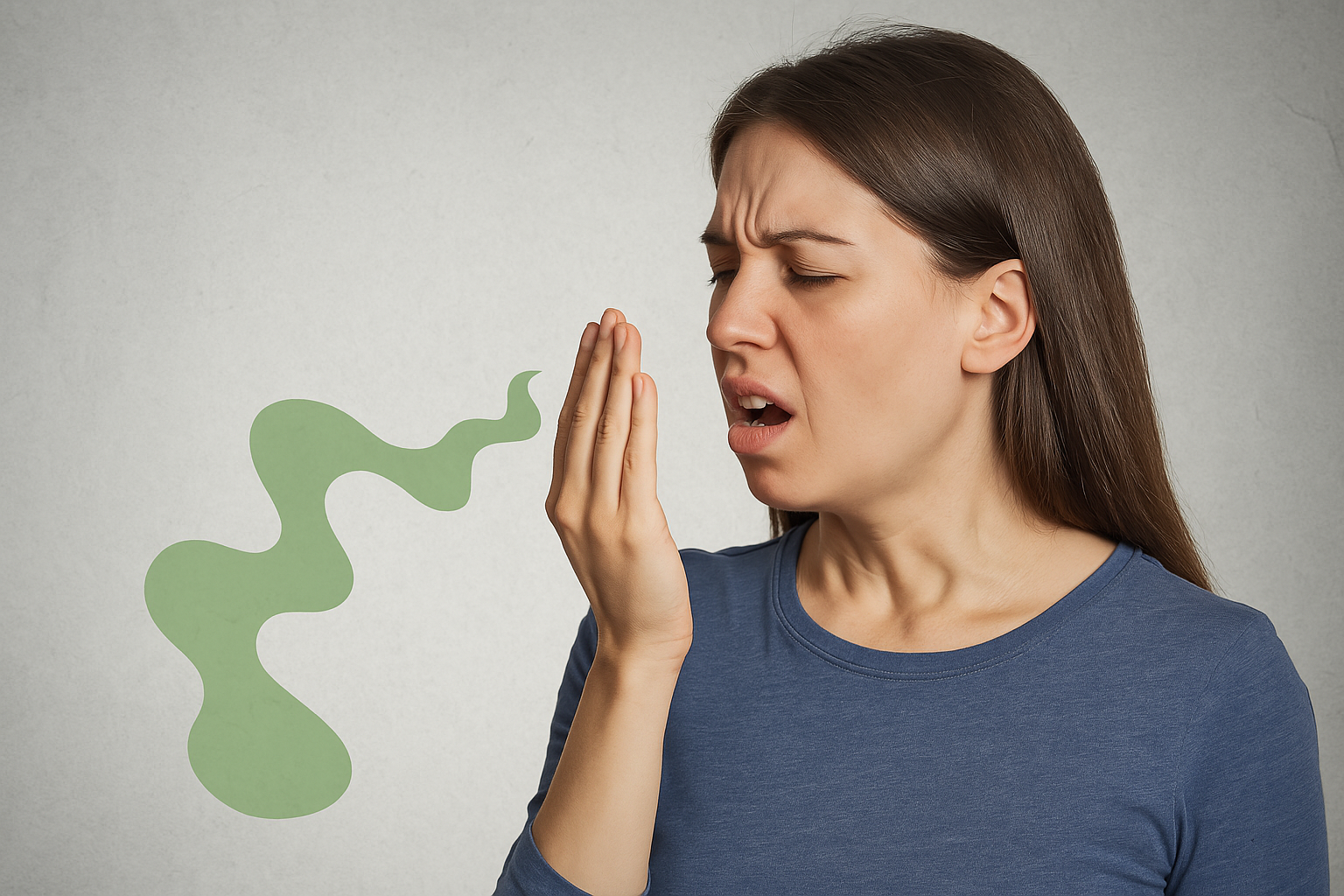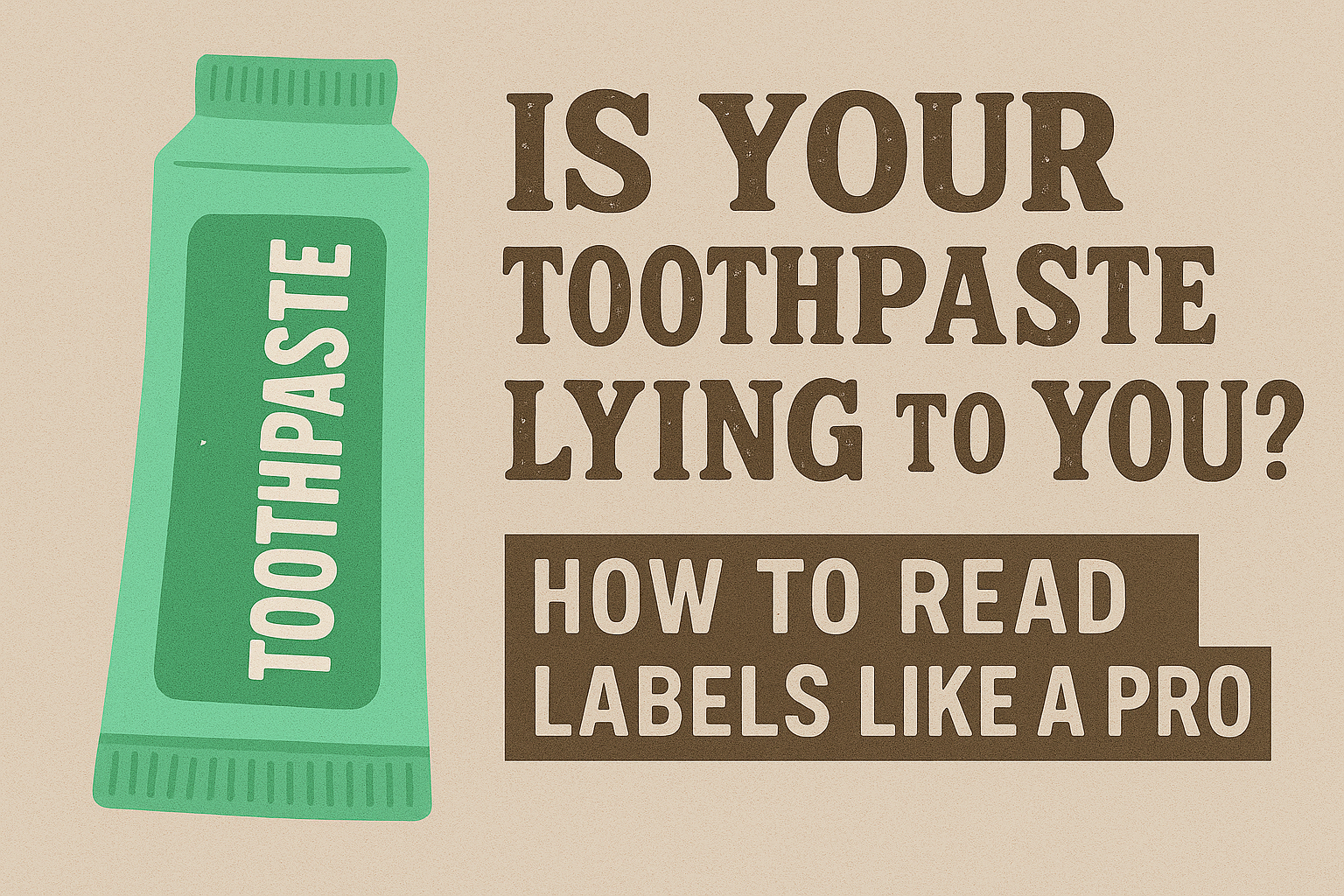
Is Your Toothpaste Lying to You? How to Read Labels Like a Pro
If you’ve ever flipped your toothpaste tube and squinted at the ingredients, only to close it right back up that’s not on you. Toothpaste labels weren’t designed to be friendly. They’re usually crammed with chemical names that sound more like a science experiment than something you’d put in your mouth twice a day.
But here’s the truth: not all toothpaste is created equal. And if you don’t know what to look for, you might be brushing with ingredients that do more harm than good.
Let’s break it down.
1. The Big Red Flags: What to Avoid
Some ingredients show up in popular toothpaste brands not because they’re helpful, but because they’re cheap or foamy.
Here are a few to keep an eye out for:
-
Sodium Lauryl Sulfate (SLS): This foaming agent is known to cause irritation in some people and can worsen mouth ulcers.
-
Triclosan: A chemical banned in hand soaps but still lingering in some toothpastes. Linked to hormone disruption.
-
Parabens: Used as preservatives, but they’re not welcome in your mouth. Research has questioned their long-term safety.
-
Artificial sweeteners and dyes: Like saccharin or Blue 1, these add zero value to your oral health.
If your toothpaste feels like it belongs in a lab, maybe it shouldn’t belong in your bathroom.
2. Fluoride vs. Non-Fluoride: What’s the Deal?

This one sparks debate. Fluoride helps prevent cavities by strengthening enamel that’s a fact. But overexposure (especially in kids) can lead to something called dental fluorosis.
So what should you do?
-
If you live in an area with fluoridated water, using a fluoride toothpaste and drinking tap water may be overkill.
-
For adults with frequent cavities, fluoride still holds benefits.
-
For kids or people with sensitive teeth, fluoride-free options are worth exploring as long as they’re still effective in plaque removal.
Look for clean, balanced pastes that suit your needs. Not one-size-fits-all formulas.
3. Why ‘Natural’ Isn’t Always Better
Lots of toothpaste labels now scream “natural.” But what does that really mean?
The truth: it’s not regulated. A “natural” label might still hide alcohol, harsh abrasives, or preservatives under soft-sounding names.
What actually matters:
-
Transparent ingredient lists you can pronounce
-
Safe, plant-based options backed by science
-
No unnecessary fillers or gimmicks
4. How Tusk’s Minty Mist Does It Differently
At Tusk, we weren’t happy with what was already out there. That’s why we built Minty Mist from scratch.

It’s:
-
Fluoride-free (so it’s travel-safe and gentle)
-
Made without SLS, triclosan, parabens, or artificial dyes
-
Enriched with xylitol and aloe vera for a soothing, effective clean
-
Tastes fresh without being too minty or synthetic
And we list every ingredient in plain English. Because trust shouldn’t be optional.
→ Related: How to Choose the Right Electric Toothbrush
5. Your Daily Routine, Upgraded
Reading toothpaste labels doesn’t mean you need to become a chemist.
Just look for three things:
-
No harmful fillers
-
No mystery ingredients
-
A paste that works with your body, not against it
Oral care should feel good. And it should be clear what you’re actually putting in your mouth.
Ready to brush with better?

